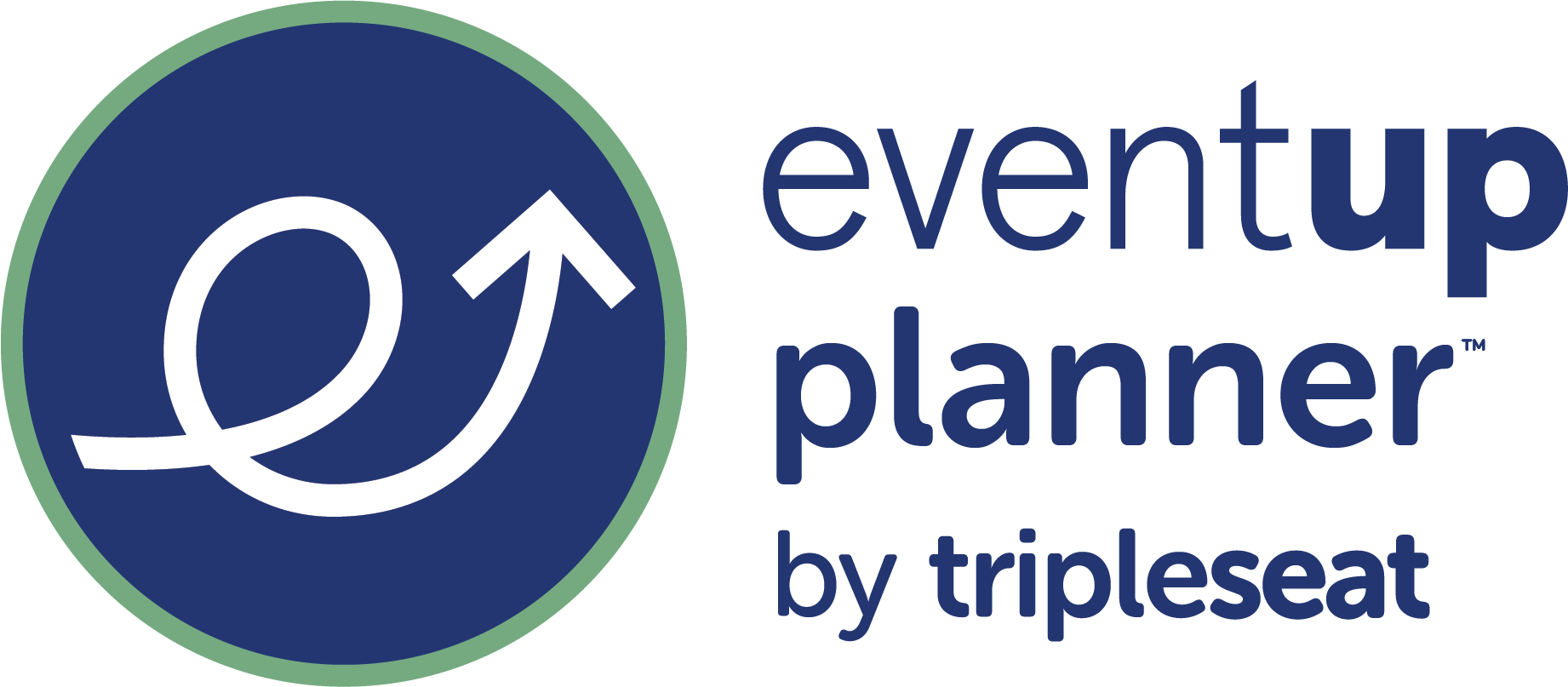Today, event professionals are producing the most complex and engaging events at a faster pace than ever before. Planners are tasked to ensure all stakeholder objectives are met, productivity is increased and event return on investment is achieved in a timely manner.
However, working with a segmented toolkit can be damaging to the efficiency of the planning process and a clear view of future actionable event insights. In this infographic we’ve collected some amazing data to show you the real value of an integrated event management platform. Enjoy!

For more information on how Attendease can simplify and organize your event management process and help you grow your events, get in touch with us here.

![[INFOGRAPHIC] The Real Value of An Integrated Event Management Platform](http://eventupplanner.com/wp-content/uploads/2021/02/screenshot-scaled-1-1200x585.jpg)









